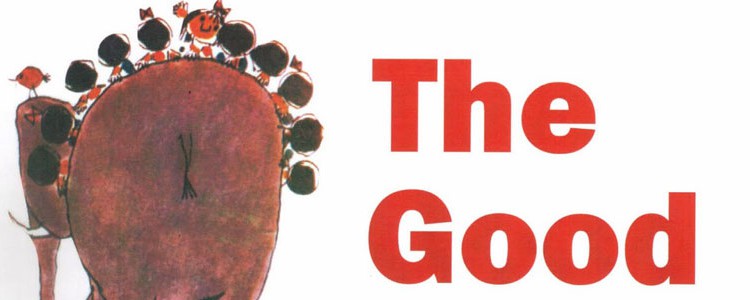Literati – “Storytelling” ( 6 Dec 2014, The Hindu)
 ( My monthly column, Literati, in the Hindu Literary Review was published online ( 6 December 2014) and will be in print ( 7 December 2014). Here is the url http://www.thehindu.com/books/literary-review/literati-a-look-at-the-world-of-books-publishing-and-writers/article6667631.ece . I am also c&p the text below. )
( My monthly column, Literati, in the Hindu Literary Review was published online ( 6 December 2014) and will be in print ( 7 December 2014). Here is the url http://www.thehindu.com/books/literary-review/literati-a-look-at-the-world-of-books-publishing-and-writers/article6667631.ece . I am also c&p the text below. )
Watching Ameen Haque of The Storywallahs perform at the Kahani Tree, Bookaroo, was a treat. He wove stories, poetry and music together and had the audience singing and laughing along with him. In the short interaction, the children were introduced to the radical idea that crying is perfectly normal for boys and grown men.
Telling tales
Even when adults communicate, it is inevitably through stories. We call it conversation. Break up the conversation and analyse it. It is anecdotal, replete with stories and vignettes. The impact of a well-told story is immeasurable. Similarly a book allows a quiet engagement between the author and a reader. Books make you see the world afresh. It works for all age groups.
This relationship between books and young readers was apparent at an event organised by SCWBI India in partnership with Goethe-Institut/Max Mueller Bhavan and the Bookaroo Childrens’ Literature Festival. The topic was “LSD: Love, Sex and Darkness in Books for Children” and the participants were educationist Dr. Shalini Advani, author Samina Mishra, illustrator Priya Kuriyan, and publisher Sayoni Basu.
“Should children’s books only deal with happy things? What about death, violence and sexuality? What about darkness and ugliness?” These were some of the questions raised.
Dr. Advani pointed out that adults tend to be more uncomfortable than children. “For adults, our role is to drag these issues out into the clear light of day. To normalise them as a part of the circle of life so that children — who think about them anyway — learn healthy ways of talking about them and thinking about them. It’s not happy worlds that young people seek. So it is not about whether a book has death or perfidious adults or parental divorce or pain. But more about how it is done — young people don’t like to be lectured to or even gently educated.”
Some recently YA books — Talking of Muskaan by Himanjali Sankar about a teen who may be a lesbian;Smitten by Ranjit Lal about a teen who is molested by a family member and Jobless Clueless Reckless by Revathi Suresh about a pregnant teen — have tackled these tricky topics.
***
Fiction relies upon storytelling to represent experiences, although its impact depends on the author’s magic with words. At times the storytelling has visible weaknesses but the reader persists, usually out of curiosity about a new topic. For instance, Sonora Jha’s Foreign (farmer suicides in Vidarbha); Pia Padukone’s Where Earth Meets Water (9/11 and the 2004 tsumani), Gaiutra Bahadur’s Coolie Woman(indentured labourers on sugar plantations in British Guiana), Mira Jacob’s The Sleepwalker’s Guide to Dancing (Syrian Christian family in New Mexico), and Robert Allison’s The Letter Bearer (WWII, amnesia).
Inclusive fiction
Exquisite storytelling and its impact is apparent by the recent online conversation between Amitav Ghosh and Raghu Karnad regarding Flanagan’s 2014 ManBooker Prize-winning novel The Narrow Road to the Deep North. The two Indian writers discussed the inclusive capacity of historical fiction and the “duty” of a novelist but also gave insightful comments about a moment in history that had been made accessible through contemporary fiction.
The legendary publisher Gordon Graham puts it prophetically in a 1980 essay reprinted in As I was Saying: Essays on the International Book Business, “Creative composition in the electronic age will not happen at the moment when the author and the publisher decide it is releasable.” It will happen with the active participation of the reader. A statement that holds true 35 years later.
Irrespective of age groups and formats, the importance of storytelling can never be negated since it is an important module of communication and transmission of information, requiring the active participation of all stakeholders.
Update ( 6 December 2014):
In the paragraph listing the debut writers I should have clarified that it is not only fiction, but also nonfiction by relies upon the art of storytelling. Hence I have included Gaiutra Bahadur. My original list was much longer than was finally published.
6 December 2014





